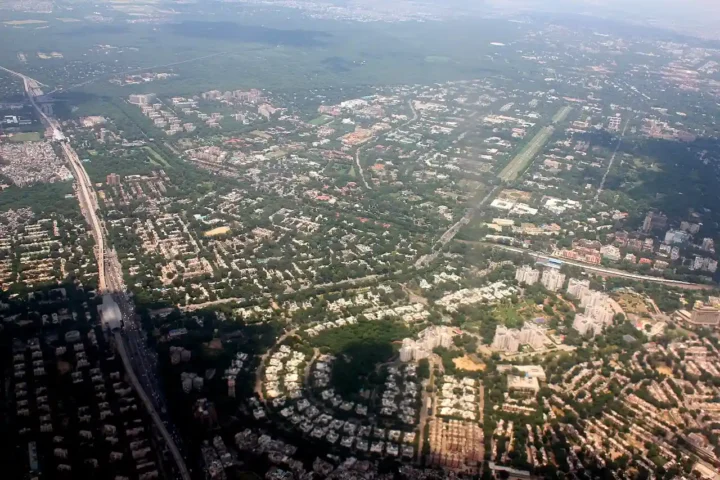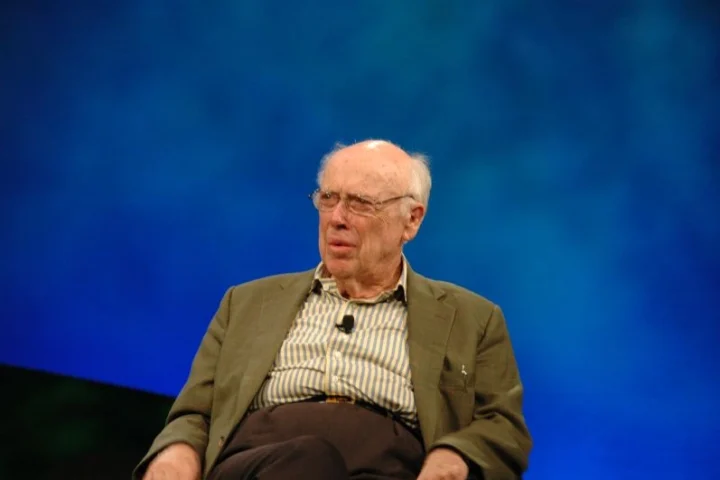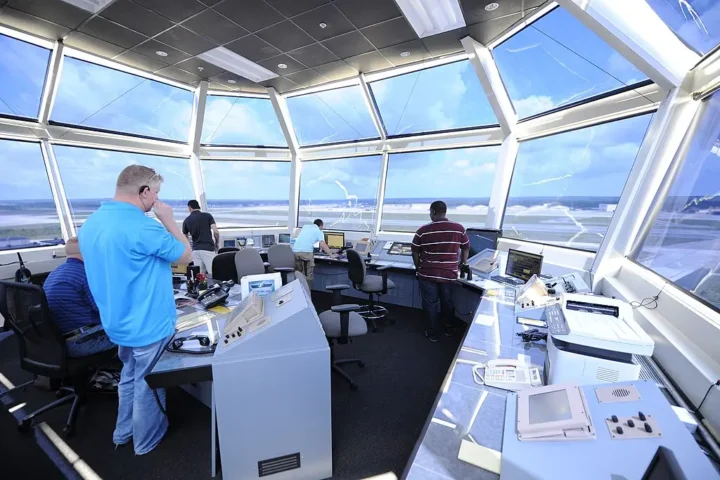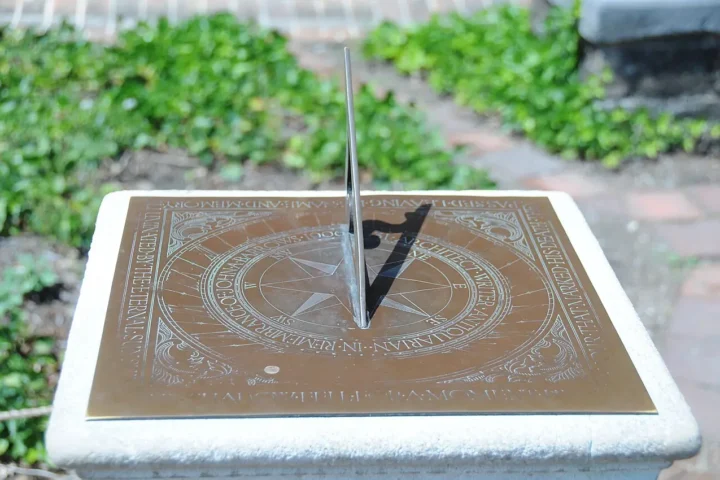In a detailed investigation report released on May 22, 2025, SpaceX has pinpointed the cause of the Starship Flight 8 explosion that occurred earlier this year. The massive spacecraft’s upper stage was lost due to a hardware failure in one of its central Raptor engines, which caused rocket fuel to mix and ignite where it shouldn’t have.
The March 6 test flight started well. The Super Heavy booster, with all 33 engines firing properly, successfully completed its mission and was caught by the launch tower’s mechanical arms – nicknamed “Mechazilla” – marking the third successful catch of a booster. But about five and a half minutes after the Starship upper stage began its journey to space, things went wrong.
“A flash was observed near one of the center Raptor sea level engines followed by an energetic event that resulted in the loss of the engine,” SpaceX explained in its report. This initial flash – essentially an unplanned fire – quickly led to bigger problems. The two remaining center engines and one of the vacuum-optimized engines immediately shut down, causing the vehicle to tumble out of control.
Two minutes later, SpaceX lost all communication with Starship. The automatic safety system then triggered self-destruction, breaking the vehicle apart over the Atlantic Ocean.
Different Problems, Similar Results
What makes this failure particularly interesting is that it happened at almost the exact same point in flight as the previous Starship test (Flight 7) back in January 2025, but for completely different reasons.
“While the failure manifested at a similar point in the flight timeline as Starship’s seventh flight test, it is worth noting that the failures are distinctly different,” SpaceX stated.
Flight 7’s problem was traced to vibrations that caused a propellant leak and fire in what engineers call the spacecraft’s “attic” section. SpaceX noted that the fixes they implemented after Flight 7 “worked as designed prior to the failure on Flight 8,” showing that their earlier solutions were effective but a new problem emerged.
Fixes Already Underway
SpaceX isn’t wasting time implementing solutions. Engineers have already developed several fixes for the Starship’s Raptor engines:
- Adding “additional preload on key joints” – essentially tightening and reinforcing critical connection points
- Installing a new nitrogen purge system to prevent unwanted fuel mixing
- Improving the propellant drain system to better manage how rocket fuel flows through the engine
Similar Posts
The company has conducted over 100 long-duration Raptor engine test firings at their McGregor, Texas facility to thoroughly understand and fix the problem. Looking further ahead, SpaceX plans to introduce an upgraded Raptor 3 engine with specific improvements to prevent this type of failure.
Ready for Flight 9
The Federal Aviation Administration (FAA), working with NASA, the National Transportation and Safety Board, and the U.S. Space Force, has reviewed SpaceX’s findings and corrective actions, giving the green light for Starship Flight 9, scheduled for May 27, 2025.
“The FAA conducted a comprehensive safety review of the SpaceX Starship Flight 8 mishap and determined that the company has satisfactorily addressed the causes of the mishap, and therefore, the Starship vehicle can return to flight,” the agency confirmed.
Flight 9 will mark a significant milestone: the first reuse of a Super Heavy booster in the Starship program. SpaceX will fly the same booster that launched Flight 7, with 29 of its 33 Raptor engines being reused hardware.

Unlike previous missions, this booster won’t attempt a tower catch. Instead, it will test new flight maneuvers and engine configurations before making a controlled splashdown in the ocean off the Texas coast.
The Starship upper stage will aim to complete objectives that previous flights couldn’t achieve, including reigniting an engine in space, deploying eight mass simulators of next-generation Starlink satellites, and testing heat shield technologies for reentry.
SpaceX’s approach to development continues to follow their “fly, learn, repeat” methodology. Each test flight – even those ending dramatically – provides crucial data that moves their ambitious program forward, bringing them closer to their goal of creating a fully reusable rocket system capable of missions to the Moon and Mars.

















